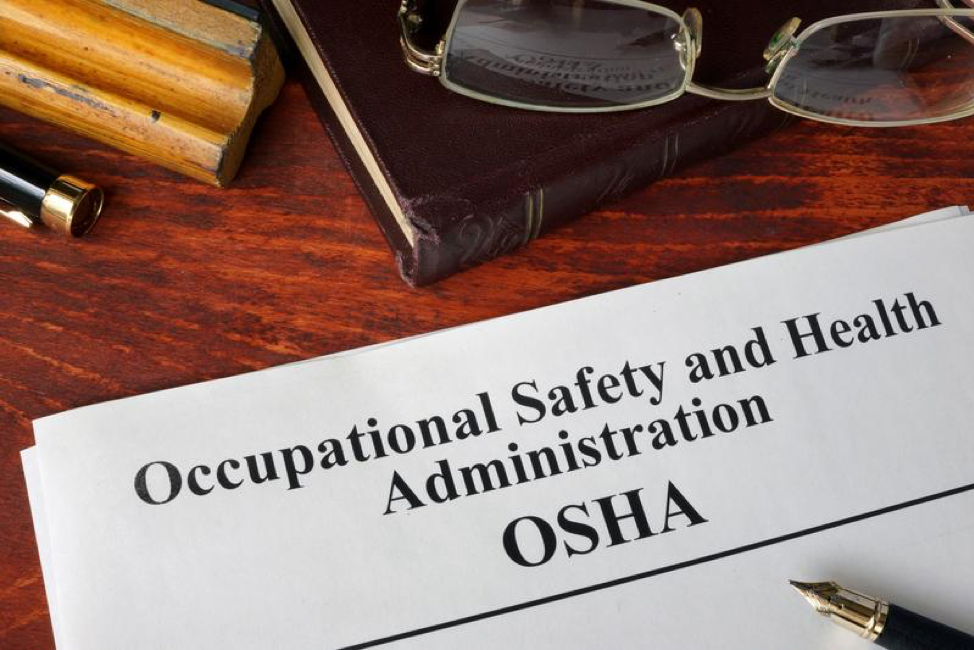Every year, around 4,500 workers across the United States die in work-related accidents with more than 3 million reported workplace illnesses and injuries per year. The Occupational Safety and Health Act (OSHA) is designed to ensure a safe and healthy work environment and places many responsibilities on employers to provide a workplace free of hazards. Here are five of the most important OSHA safety laws your business needs to understand.
Some Businesses Are Partially Exempt from Some OSHA Rules
Depending on the size of your business and your industry, you may be exempt from many OSHA requirements. Small businesses with 10 or fewer employees are not subject to most rules. Businesses in insurance, service, retail, real estate, and finance industries are also exempt from many regulations. If you are partially exempt from OSHA rules, you do not need to meet incident reports or receive programmed inspections.
You Must Provide Safe Equipment and Tools
Under OSHA, the tools and equipment you provide for employees must be safe and in good, working condition. You are also required to train and supervise employees when using equipment and tools. When necessary, you must provide safety equipment such as gloves, eye protection, and hard hats.
You Must Provide a Hazard-Free Working Environment
You owe a duty to provide a workplace that is free of recognized hazards that could cause serious injury or death. Hazards can include unsafe practices as well as conditions like broken equipment or dangerous fumes. If a hazard can be detected by using your senses or walking through the workplace, you must remove it. You are also required to take reasonable steps to find and eliminate workplace hazards.
Of course, some workplaces and occupations are inherently dangerous, including construction workers, roofers, truck drivers, and electricians. You still have the responsibility of informing workers about potential hazards through chemical information sheets, training, alarms, labels, and other methods that promote safety.
There Are Posting, Reporting, and Record-keeping Requirements
Maintaining a safe work environment isn’t the end of your requirements under OSHA. You are also required to submit to inspections and meet requirements for posting, reporting, and keeping records. OSHA posters must be posted at the workplace to inform workers of their own obligations and rights. Employers must keep records of efforts to prevent illness and injury on the job and comply with OSHA. Work-related hospitalizations, eye loss, amputation, and death must be reported to OSHA within specified deadlines.
OSHA Grants Workers Specific Rights
OSHA grants employees the right to take action to ensure they have a safe workplace. Workers can file a complaint with OSHA if your workplace is unsafe or you have violated OSHA rules, and you cannot take retaliatory action. Employees also have the right to refuse to work in a workplace with the imminent threat of harm.
While OSHA safety rules can seem a bit overwhelming, they are important to not only protect your employees but also reduce your legal risks. As a small business owner, you may be exempt from many of the most difficult OSHA rules, including record keeping and reporting.
For more articles that can help you improve your business, check out some of our other blog posts!
References:
